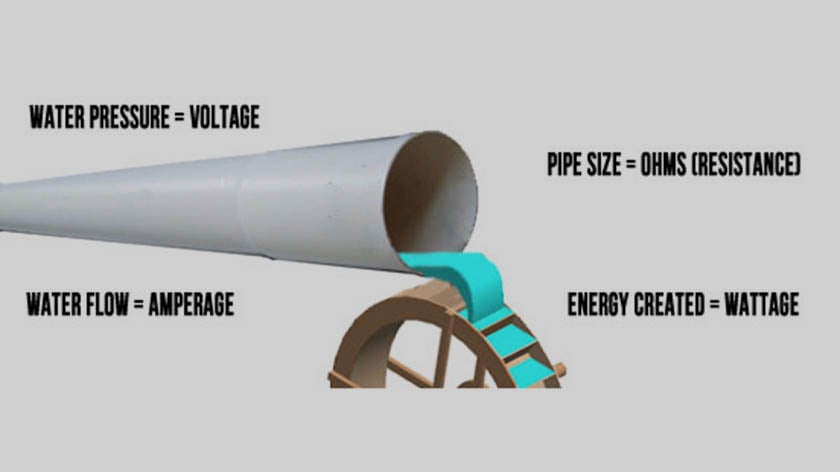Save Money with an Energy Monitoring System
Your energy costs are likely going up. It's an unavoidable expense because you need electricity to do business. How can you reign this in? The first...
3 min read
![]() Packet Power Team
:
Mar 29, 2023 2:53:31 PM
Packet Power Team
:
Mar 29, 2023 2:53:31 PM

Feeding power into your operations has rarely felt more financially painful. The price of producing and delivering electricity skyrocketed in 2022, continuing a challenging trend from the past few years. Few markets have been safe from the rise in wholesale energy costs:
While several industries are driving increased energy demand, the telecommunications industry has seen drastic increases in consumption. Wireless cell phone carriers, racing each other to install 5G towers and expand their networks, have placed greater strain on local power supplies. 5G towers and base stations consume up to twice as much power as older 4G towers, meaning that those carriers are paying twice as much to power their networks.
There are signs of an eventual reduction in wholesale energy costs in 2023, but you can’t wait for the market to correct itself. It’s never been more important to monitor power usage and know exactly how much electricity you’re expending—and where you can trim costs.
Every watt hour should serve a useful purpose. If you’re delivering too much power for your business needs, you’re spending money on wasted resources. The first step in resolving this challenge is to find out where you’re expending excess power. Businesses typically use a variety of power monitoring techniques to identify energy use and reduce overconsumption.
Energy prices are constantly in flux. Today’s price hikes might be mitigated by tomorrow’s price dips. But each kWh of wasted energy still impacts your budget, even if the price drops. It’s essential to know exactly how much power you’re using, where you’re using it, and why.
Wireless power monitoring devices give you the ability to control power usage and limit cost overruns. Specifically, they tackle excess power consumption by analyzing unique circuit and environmental factors:
Knowledge is the best tool to combat rising energy prices. If you know how much power is being used in your facilities, you can reduce wasted energy and runaway costs. If you’re still wondering where all that excess energy is going, check out our Guide to Data Center Monitoring for some best-practice monitoring tips. If you’re ready to take control of your energy consumption, reach out to our team and we’d be happy to help you with a monitoring assessment!
Sources:
European energy prices - https://www.statista.com/statistics/1267500/eu-monthly-wholesale-electricity-price-country/
Australia energy prices -
https://www.aer.gov.au/wholesale-markets/wholesale-statistics
South American energy prices -
https://americasmi.com/insights/latin-america-energy-sector-the-good-the-bad-and-the-ugly/
South African energy prices -
https://www.reuters.com/business/energy/south-africas-eskom-granted-1865-power-tariff-increase-2023-01-12/

Your energy costs are likely going up. It's an unavoidable expense because you need electricity to do business. How can you reign this in? The first...

Power distribution units (PDUs), commonly referred to as power strips or rack mounted power distribution units (RMPDUs), are critical components...

Editor's note: This blog was originally posted in 2015. Although electrical definitions haven’t changed, it was updated in 2023 because the cost of...